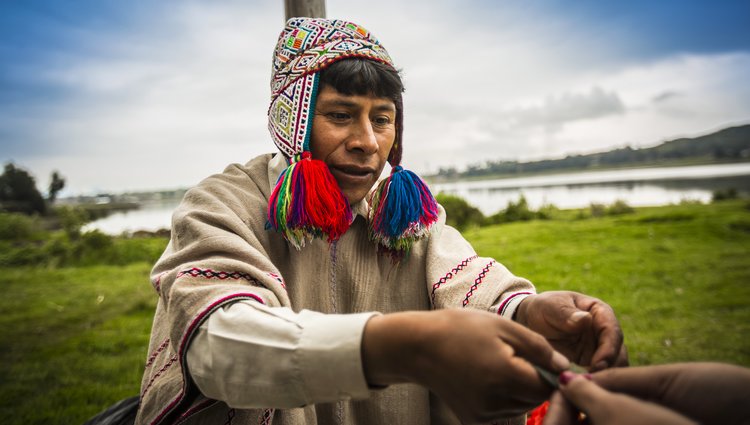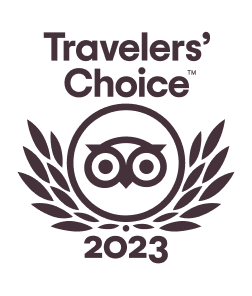
As long as people have walked the earth, healers have been called upon in times of sickness. Today with the current crisis, we are seeing just how valuable and needed medicine and those who practice it are. In this spirit, we will take a look at the history of Peru’s mystical healers.
Peru has a long tradition of mysticism and spiritualism, which is centered around the vital connection between the spiritual realm, humans, and Mother Earth, or the Pachamama. Peruvian spirituality is animist, which means they believe that different aspects of the natural world have a soul. For example, the sun is the principal god Inti, with his wife, the moon, Killa. Also, the majestic snow-capped mountains are considered to contain the souls of protective gods, or apus.

Along with the sun, moon, and mountains, many plants are also considered sacred due to their healing properties and used quite extensively in Andean medicine. One example of these plants would be Kuka Mama (“Mother Coca”), who was a goddess of health and joy. The coca leaf itself, when chewed, can help with altitude sickness, as well as relieve hunger and fatigue. Another essential medicinal Andean plant is the delightfully minty muña. Muña tea is also an effective remedy for altitude sickness and can help with digestive issues. This amazing plant is likewise anti-microbial and known to soothe sore throats (making a lovely muña tea the perfect beverage right now!).

Using these plants, along with many others, shamans and curanderos (Peruvian healers or medicine men) will cure what ails you, physically and spiritually. Shamans are born into their calling, knowing from a young age what their future will be. Shamans will lead you on a spiritual journey, often through a ceremony, such as a despacho or pago a la tierra, which is basically a payment to the Pachamama or Mother Earth. Another type of ceremony is a coca leaf reading. During this ceremony, the shaman can see a person’s fate in the way the leaves fall, as well as help the person to heal physically and spiritually. And finally, the famous guinea pig (cuy) can also make an appearance in a shaman’s work. If a person needs spiritual cleansing, a shaman may rub a black guinea pig over the person, which absorbs the bad energy, leaving the person cleansed.
Curanderos are similar to shamans in that they use both the spiritual and physical in their work, but are more experts in the physical realm. Someone who has been injured would seek out a curandero to set the bone or tend to a wound. Also, if someone becomes ill and needs medicine, they would seek out a concoction of herbs to cure them. The curanderos, or healers, are more or less Andean natural doctors.

Shamans and curanderos have been vital in Peruvian culture since people have arrived in this beautiful country, and are still sought out today. These services are not only for locals! Visitors can also benefit from a visit to a shaman by participating in a pago a la tierra, or by having their coca leaves read. Also, if you find yourself in the San Pedro market, and you’re feeling a bit off, you can visit the medicine man in his blue booth. Tell him what’s ailing you, and he’ll give you a concoction of herbs that may not taste great, but will have you feeling better in no time.
How To Experience Peruvian Artwork and Craftsmanship on Your Next Tour To Peru
Peru’s rich heritage is brought to life through its vibrant handicrafts. From colorful textiles to intricate...
Read PostKuoda’s Guide to the 2024 Inti Raymi Festival
The 2024 Inti Raymi festival will stand as a tribute to the grandeur of the Inca Empire, steeped in centuries ...
Read PostFascinating Facts You Should Know About the Incas
Curious to know some facts about the Incas? Explore Inca Heritage with Kuoda Travel. Well, for starters, depen...
Read Post

 Call
Call 























